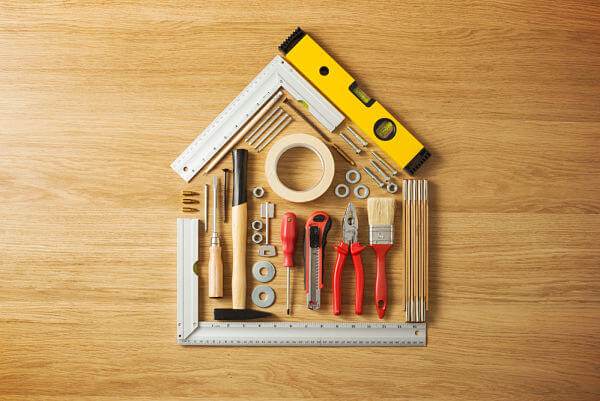Smarter Loans Inc. is not a lender. Smarter.loans is an independent comparison website that provides information on lending and financial companies in Canada. We work hard to give you the information you need to make smarter decisions about a financial company or product that you might be considering. We may receive compensation from companies that we work with for placement of their products or services on our site. While compensation arrangements may affect the order, position or placement of products & companies listed on our website, it does not influence our evaluation of those products. Please do not interpret the order in which products appear on Smarter Loans as an endorsement or recommendation from us. Our website does not feature every loan provider or financial product available in Canada. We try our best to bring you up-to-date, educational information to help you decide the best solution for your individual situation. The information and tools that we provide are free to you and should merely be used as guidance. You should always review the terms, fees, and conditions for any loan or financial product that you are considering.

Home renovation loans are ideal for the homeowner who has lived in a neighborhood they love in their perfect home for several years, but wants to improve or expand the house even more. A home renovation loan could also be the solution for a new home buyer who sees a home they like, but wants to update or personalize it to meet their family’s needs and wants.
With either scenario, unless the individual is blessed with enough cash to make home improvements, they will need financing to meet their renovation goals. Home renovation loans are available in a variety of types and terms for new or established homeowners. This article covers the following topics:
While it is possible to use the proceeds of a personal loan or credit card balance to pay for home improvements, most homeowners use their house, or the equity in it, to get enough money to finance renovations. These loans include:
For homeowners who decide against home renovation loans, there are other means to get financing to improve or repair their home. Some borrowers take money from their 401(k) retirement account in the form of a loan, plus interest, that is paid back into their account over a period of time.
Another option for money is contractor financing, in which the contractors connect borrowers with financing companies to pay for the renovation. This type of financing can cost more in fees and interest than other loans.
Credit cards are sometimes used to cover the cost of smaller renovations. In some cases, the homeowner will use the credit card to purchase materials that are needed, and use other financing for the actual renovation work.
Homeowners must take reasonable caution when it comes to home renovation loans. Home equity loans and equity lines of credit may let borrowers get up to 90 percent of their equity. However, they also come with closing and other costs, and can result in the loss of the home if not repaid. Therefore, it is in the best interest of the homeowner to carefully weigh out whether the renovation is affordable or if it can wait until a later time.
Home finance experts advise that if homeowners choose home renovation loans, they should keep these things in mind:
A fabulous chef’s kitchen is a dream come true for homeowners. So is a modern spa-like master bath suite and large swimming pool. While these renovations may delight the residents of a home, it is a good idea to consider what a potential buyer will want most if the home sells.
The amenities above will certainly be a draw to most people who are looking for a home. But before they take in the bells and whistles in a house, home buyers are looking for the basics so they know the house is secure. Homeowners should make sure the following improvements are made first using home renovation loans:
Some real estate professionals estimate that siding, windows, and kitchen remodels get the most return on the homeowner’s investment. Bathrooms come next, especially with modern, natural finishes and lots of space.
When it comes to home renovation loans, the wise homeowner chooses refinancing their first mortgage if the current one has higher interest. Other points to consider with home renovation loans is whether the homeowner plans to stay in the home for a while or sell in the near future. Lastly, it is very important to plan carefully in order to avoid running out of money before a renovation is complete, since homeowners may not be eligible for other home renovation loans until the home is made livable.